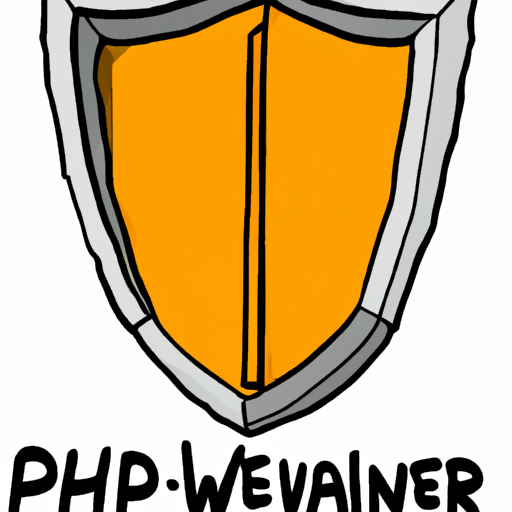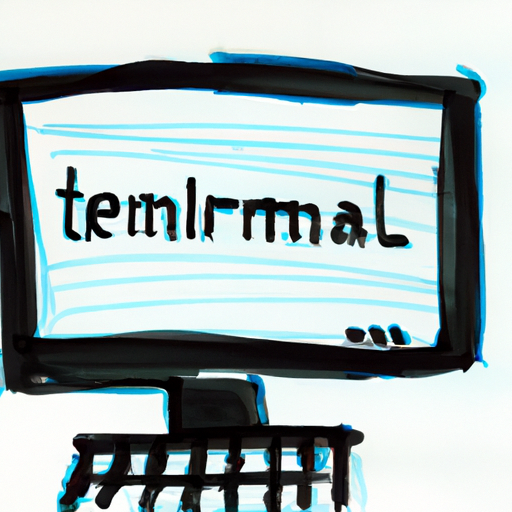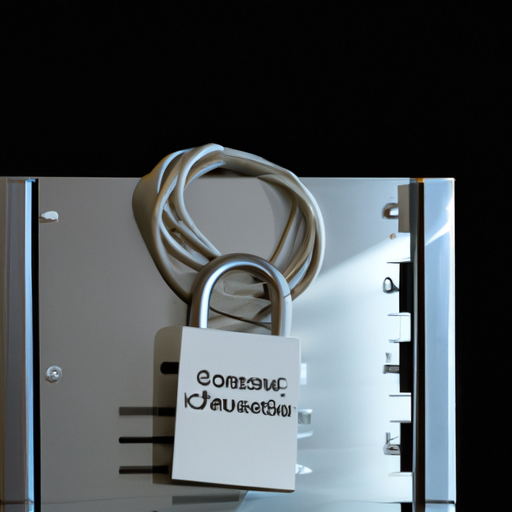Securing Your Cpanel/WHM Server: Best Practices for Protecting Against Risks and Threats, Implementing SSL Certificates, and Hardening Your System Plus a Step-by-Step Guide on How to Download Files from Google Drive via Wget Command Code
These articles provide tips and best practices for securing a cPanel/WHM server, including using strong passwords, enabling two-factor authentication, and regularly updating software. They also explain the importance of SSL certificates and provide a guide for using the wget command to download files from Google Drive. Ongoing vigilance and staying up to date with security measures are emphasized. Keywords for SEO are included.
The security of your cPanel/WHM server should be a top priority for any website owner or administrator. With the increase in cyber threats and attacks, it’s crucial to understand the risks and take proactive measures to protect your server. In this article, we will discuss best practices for securing your cPanel/WHM server, the importance of implementing SSL certificates, and tips and tricks for hardening your server. Additionally, we will provide a step-by-step guide on how to download files from Google Drive via wget command code. By following these guidelines, you can ensure the safety and security of your server and website. So, let’s dive in! And if you’re wondering, "how can I download a file from Google Drive via wget command code?" – we’ve got you covered.
- 1. "Securing Your Cpanel/WHM Server: Best Practices"
- 2. "Protecting Your Server: Understanding the Risks and Threats"
- 3. "Implementing SSL Certificates on Your Cpanel/WHM Server"
- 4. "Hardening Your Server: Tips and Tricks"
- 5. "How to Download Files from Google Drive via Wget Command Code: A Step-by-Step Guide"
1. "Securing Your Cpanel/WHM Server: Best Practices"

Securing Your Cpanel/WHM Server: Best Practices
Cpanel/WHM is a widely used control panel for managing web hosting servers. As with any online platform, security should be a top priority. Here are some best practices for securing your Cpanel/WHM server:
1. Keep your software up to date: It is important to keep your Cpanel/WHM server updated with the latest software releases as they often include security patches and bug fixes.
2. Use strong passwords: A strong password is the first line of defense against unauthorized access. It is recommended to use a combination of upper and lowercase letters, numbers, and symbols.
3. Enable two-factor authentication: Two-factor authentication provides an extra layer of security by requiring a second form of authentication before granting access to the server.
4. Limit access: Restrict access to your server to only those who need it. This can be achieved by using IP address restrictions and limiting access to specific users.
5. Use a firewall: A firewall can help block unauthorized access to your server by filtering out traffic from suspicious IP addresses.
6. Regularly backup your data: Regularly backing up your data ensures that you can recover from any security breaches or data loss.
By following these best practices, you can help protect your Cpanel/WHM server from unauthorized access and data loss. Additionally, you can use tools like wget command code to download files securely from Google Drive.
2. "Protecting Your Server: Understanding the Risks and Threats"

Protecting Your Server: Understanding the Risks and Threats
When it comes to managing a cPanel/WHM server, security should always be a top priority. The consequences of a security breach can be devastating, including data loss, downtime, and even legal liabilities. Therefore, it’s crucial to understand the risks and threats that your server may face, and take appropriate measures to protect it.
Some of the most common threats to cPanel/WHM servers include:
1. Brute Force Attacks: These attacks involve hackers attempting to gain access to your server by guessing your login credentials. This can be done manually or through automated tools that try different combinations of usernames and passwords until they find the right one.
2. Malware Infections: Malware is a type of software designed to infiltrate and damage your system. It can be introduced to your server through a variety of means, including email attachments, website downloads, and compromised software.
3. DDoS Attacks: DDoS (Distributed Denial of Service) attacks involve overwhelming your server with traffic from multiple sources, causing it to crash or become unavailable.
To protect your server from these and other threats, you should implement the following measures:
1. Use Strong Passwords: Choose complex passwords that are difficult to guess and include a mix of letters, numbers, and symbols. Also, avoid using the same password for multiple accounts.
2. Install Security Software: Install firewalls, anti-virus software, and other security tools to detect and prevent malware infections. Regularly update and scan your system to ensure maximum protection.
3. Monitor Server Activity: Keep an eye on your server logs and monitor for any suspicious activity. This can help you detect and respond to potential threats before they cause damage.
4. Use SSL Certificates: SSL (Secure Sockets Layer) certificates encrypt data transmitted between your server and users, making it more difficult for hackers to intercept and steal sensitive information.
By taking these steps, you can help protect your cPanel/WHM server from the various risks and threats that exist in today’s digital landscape. However, it’s important to remember that security is an ongoing process, and you should regularly review and update your security measures to stay ahead of evolving threats.
3. "Implementing SSL Certificates on Your Cpanel/WHM Server"
![]()
In today’s world, online security is of utmost importance. As a website owner, you must take all necessary measures to protect your server from potential threats. One way to do this is by implementing SSL certificates on your cPanel/WHM server.
An SSL certificate is a digital certificate that encrypts the communication between a website and its visitors. It ensures that any data exchanged between the two parties is secure and cannot be intercepted by hackers. Installing an SSL certificate on your cPanel/WHM server is a relatively simple process and can be done in just a few steps.
First, you need to purchase an SSL certificate from a trusted certificate authority. Once you have obtained the certificate, you need to install it on your server. This can be done through cPanel/WHM by navigating to the SSL/TLS section and selecting the option to install a new certificate.
Once the SSL certificate is installed on your server, you need to configure your website to use HTTPS instead of HTTP. This can be done by updating the website’s URL to include the HTTPS protocol. You may also need to update any links or resources on your website to ensure they are served over HTTPS.
Implementing SSL certificates on your cPanel/WHM server is a crucial step in securing your website and protecting your visitors’ data. By encrypting your website’s communication, you can prevent potential attacks and ensure that your website is trusted by your visitors.
In addition to SSL certificates, there are other methods to protect your cPanel/WHM server, such as implementing strong passwords, regularly updating your software, and using security plugins. By taking these measures, you can ensure that your server is protected against potential threats and that your website remains secure.
As a bonus tip, if you need to download a file from Google Drive via wget command code, use the following command: "wget –no-check-certificate ‘https://drive.google.com/uc?export=download&id=FILEID’ -O FILENAME". Replace FILEID with the ID of the file you want to download and FILENAME with the desired name of the downloaded file.
4. "Hardening Your Server: Tips and Tricks"

Hardening Your Server: Tips and Tricks
One of the most important aspects of securing your cPanel/WHM server is hardening. This involves implementing security measures to make it more difficult for hackers to gain access to your server. Here are some tips and tricks to help you harden your server:
1. Keep your software up to date: This may seem obvious, but it’s essential to keep your cPanel/WHM software and any other software on your server up to date. This includes the operating system, web server, and any other software you have installed.
2. Disable unnecessary services: Disable any services that you don’t need on your server. This reduces the surface area for attacks and makes it more difficult for hackers to exploit vulnerabilities.
3. Use a firewall: A firewall is an essential tool for securing your server. It can block unauthorized access attempts and limit the traffic that reaches your server.
4. Use strong passwords: Use strong passwords for all user accounts on your server, including the root account. Avoid using common words or phrases and use a combination of uppercase and lowercase letters, numbers, and special characters.
5. Enable two-factor authentication: Two-factor authentication adds an extra layer of security to your login process. It requires users to provide two forms of identification, such as a password and a code sent to their phone.
By following these tips and tricks, you can significantly reduce the risk of your cPanel/WHM server being compromised. However, it’s important to remember that security is an ongoing process, and you should always be vigilant and stay up to date with the latest security measures.
If you want to download a file from Google Drive via the wget command code, you can use the following command:
wget –no-check-certificate ‘https://drive.google.com/uc?export=download&id=FILEID’ -O FILENAME
Replace FILEID with the ID of the file you want to download and FILENAME with the desired name of the downloaded file.
5. "How to Download Files from Google Drive via Wget Command Code: A Step-by-Step Guide"

If you’re managing a cPanel/WHM server, it’s important to keep your files and data protected. However, sometimes you may need to download files from Google Drive, and you can do this easily with the help of the Wget command code. Here’s a step-by-step guide on how to download files from Google Drive via Wget command code.
Step 1: Obtain the Shareable Link
Firstly, you need to have the shareable link of the file you want to download. To get this, right-click on the file in your Google Drive and select "Get shareable link". Make sure the link is set to "Anyone with the link can view".
Step 2: Copy the Link
Copy the shareable link that you obtained in step 1.
Step 3: Open Terminal (or Command Prompt)
Open your terminal (Mac/Linux) or command prompt (Windows).
Step 4: Enter the Wget Command Code
Type the following command code into your terminal or command prompt:
wget -O [filename] [Google Drive shareable link]
Replace [filename] with the name you want to give the downloaded file and [Google Drive shareable link] with the link you copied in step 2. For example:
wget -O myfile.pdf https://drive.google.com/open?id=123456789
Step 5: Press Enter and Wait
Press enter and wait for the download to complete. The file will be saved in your current directory.
In conclusion, downloading files from Google Drive via Wget command code is a simple process that can be done in just a few steps. By following this step-by-step guide, you can easily download files from Google Drive while keeping your cPanel/WHM server protected.
In conclusion, protecting your Cpanel/WHM server is crucial to ensure the security and integrity of your website and data. By following the best practices outlined in this article, understanding the risks and threats, implementing SSL certificates, and hardening your server, you can greatly reduce the chances of a security breach. Additionally, we provided a step-by-step guide on how to download files from Google Drive via Wget command code, which can be a useful tool for transferring files securely. Remember, the safety of your server is in your hands, and taking proactive measures to protect it is always worth the effort.

